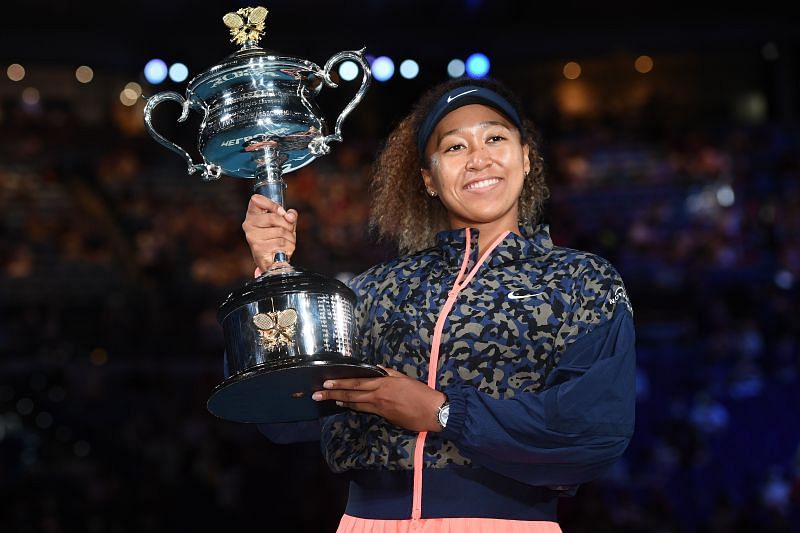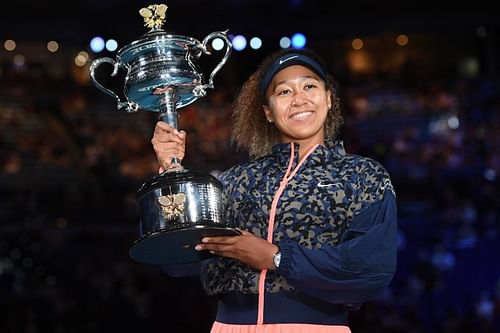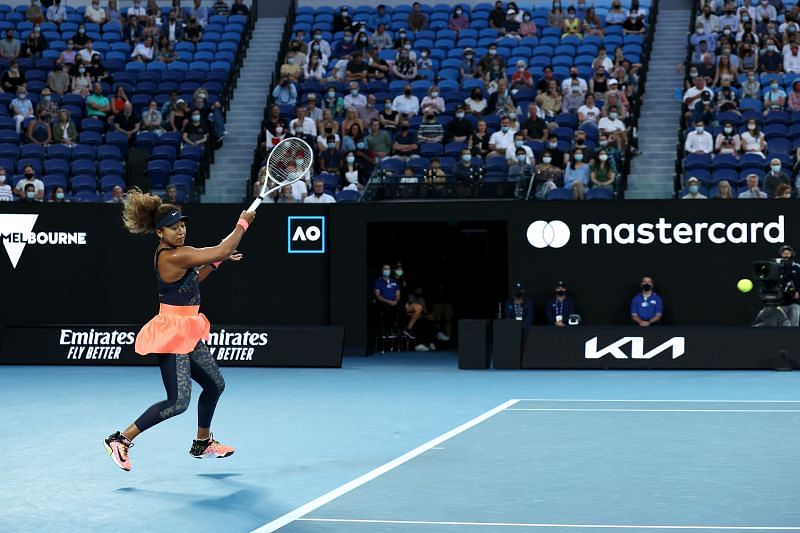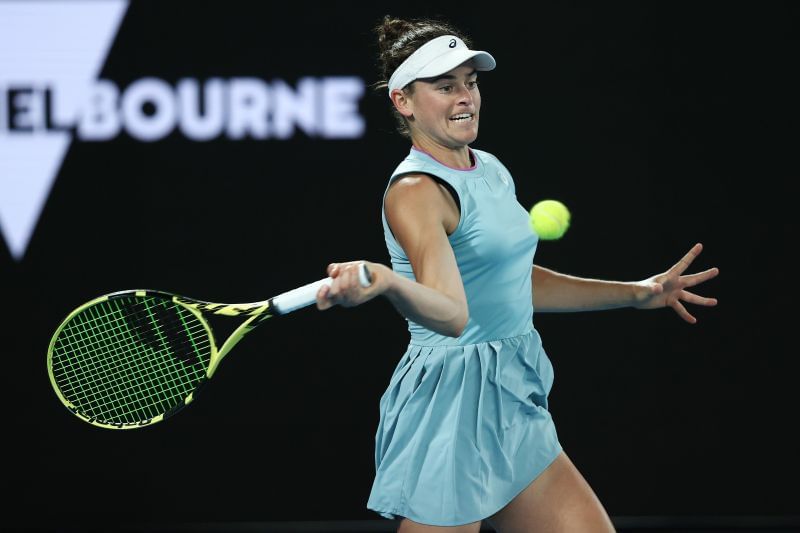
Is Naomi Osaka the best big-match player in all of tennis?

"I have this mentality that people don't remember the runners-up."
That's what Naomi Osaka said after winning her Australian Open semifinal against Serena Williams, and at first glance it seemed like she was getting ahead of herself. Maybe she was even being a little arrogant?
There was still a match to play, there was still a quality opponent to beat, there was still two days left before she could possibly lift the trophy. A million things could go wrong between her semifinal win and 'not being a runner-up'; tennis history is filled with tales of great champions and overwhelming favorites somehow finishing second best.
But this wasn't the first time Naomi Osaka had looked ahead of herself. At the US Open last year, Osaka announced after her first-round win that she was carrying seven masks bearing the names of victims of racial injustice, to be displayed after each of her match wins.
Even at Melbourne Park this fortnight, Osaka spoke about a possible dream final against home favorite Ashleigh Barty right after she beat Hsieh Su-wei in the quarterfinal. There was no "I'm taking it one match at a time" political correctness from the Japanese at any point of her campaign.
As it turned out, Barty failed to fulfill her end of the bargain, losing to Karolina Muchova a day later. But Osaka was there on Saturday, just as she thought she would be, and just as the rest of us thought she would be too. Why would anyone think otherwise about a woman who has won the Slam every single time she has reached the quarterfinals?
It's a little hard to wrap your head around that statistic, no matter how many times you hear it. There have been big-match players before, but none quite like this; at least not at the start of their career. It's tough to find the right words to describe a player who simply refuses to lose the moment she reaches the middle point of a Slam.
Naomi Osaka could have lost in Melbourne this year, of course. She faced two match points against Garbine Muguruza in the fourth round, and was a little lucky that she could reflex back into play a bullet-like second-serve return on the second of those. But once she got into the rally she used her otherworldly forehand to take control, eventually eliciting an error from Muguruza. And the rest, as they say, is history.
All that Naomi Osaka needed was to weather that Spanish storm. Muguruza tried to kill her with a bullet return, but by failing to get the job done she only made the Japanese bullet-proof. Would it be a stretch to say that Osaka winning the title from there was a mere formality?
The 23-year-old has proven many times over that she is a mental giant, so it wasn't a surprise to see her stay super-focused the rest of the tournament. But what Naomi Osaka's Australian Open campaign has also reinforced is that her base level of play is higher than that of anyone else on tour.

Naomi Osaka played arguably her worst match of the tournament in the final on Saturday. She coughed up 24 unforced errors, got less than 50% of her first serves in, and missed several regulation shots on big points that would've given her complete control. And yet she still won in straight sets - because even when is playing at roughly 70% of her best level, she is better than most players in the world.
It's not just Naomi Osaka's firepower that makes her a unique player. What truly sets the Japanese apart is her ability to hit big and return her opponent's big hits even bigger.
It's almost like the harder her oppoents strike the ball, the more trouble they are in. The way the 23-year-old stands her ground at the baseline, absorbing and redirecting the pace coming at her, is almost beyond belief.
Naomi Osaka's game is not built on powerful offense and solid defense. It is built on powerful offense and powerful offense, even when she's put on the backfoot. That's rarely been seen in the history of tennis, and for good reason; you cannot teach timing like that.
Jennifer Brady didn't play a bad match on Saturday, apart from a few untimely unforced errors at the end of the first set. But she was repeatedly forced to go for more because she knew that no matter how well she hit, if Osaka somehow got a racquet on the ball she would be able to turn the point around.

That's what the Japanese did to Serena Williams in the semis too, and what she will likely keep doing to scores of powerful opponents in the future. The only way to best Osaka in a rally is to hit a clean winner past her, which is not something you often say about an aggressive player who doesn't have the best movement.
Naomi Osaka has now won four Majors even before turning 24, putting her in the top 15 of the Open Era Slam leaderboard. Needless to say, she is also the first Asian tennis player - male or female - to win four singles Grand Slams.
There is very little doubt that Osaka is the best hardcourt player since Serena Williams at her peak. After first triumph at the US Open back in 2018, the Japanese has lost only two hardcourt Slam matches. It'd take a brave person to bet against her when the tour travels to New York for the last Slam of 2021.
Can Naomi Osaka carry forward her hardcourt success to clay and grass too? Her on-the-rise ball-striking should theoretically work well on grass, and she will likely get better on clay with time. But even if she remains a 'hardcourt merchant' for the rest of her career, Osaka has already established herself as one of the sport's all-time greats.
That's not just because of her four Slam titles, or her never-seen-before brand of reflexive shot-making, or even her clutch serving under pressure. It's because she has done things that nobody has done before - performing on the big stage like she was born for it, fighting for human rights like she was a full-time social activist, and putting Asian tennis on the map like it was a superpower all along.
Naomi Osaka thinks that people don't remember the runners-up, and she plays like it. Now the big question is: will she ever lose a match after the quarterfinal stage of a Slam?